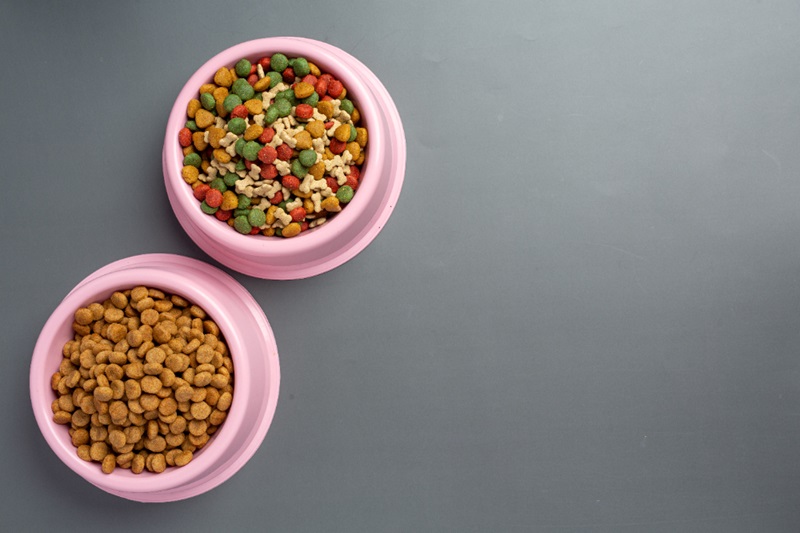When it comes to taking care of your pets, nutrition is one of the most critical factors influencing their health and happiness. With a plethora of pet food options available, many pet owners feel overwhelmed when deciding what to feed their furry companions. This article delves into the essentials of pet nutrition and offers actionable advice for selecting the best food for your pet.
The Importance of Proper Nutrition for Pets
Good nutrition provides the foundation for a pet’s overall health. A balanced diet can:
- Support growth and development.
- Maintain a healthy weight.
- Boost immunity.
- Improve skin and coat condition.
- Enhance longevity and quality of life.
Each species and breed has unique dietary requirements, making it crucial to tailor their diet to their specific needs.
Types of Pet Food
1. Dry Food
Dry food, or kibble, is the most common pet food choice for its convenience and affordability. It has a long shelf life and helps promote dental health by reducing plaque and tartar buildup.
2. Wet Food
Wet food contains higher moisture content, making it a preferred option for pets that need extra hydration. It’s flavorful, which appeals to picky eaters, but it’s more expensive and has a shorter shelf life once opened.
3. Raw Food
Raw diets mimic what animals would eat in the wild, focusing on raw meats, bones, and vegetables. While some pet owners believe raw food offers better nutrition, it carries risks like bacterial contamination and requires careful preparation.
4. Fresh or Homemade Food
Freshly prepared meals allow complete control over ingredients, ensuring no artificial additives or fillers. However, these diets demand significant time and effort to prepare and must be nutritionally balanced.
Key Nutrients Every Pet Needs
- Proteins Proteins are vital for building and repairing tissues. Common protein sources include chicken, fish, beef, lamb, and plant-based proteins like lentils and peas.
- Fats Fats provide energy and support skin and coat health. Omega-3 and omega-6 fatty acids are particularly beneficial.
- Carbohydrates Carbohydrates offer energy and fiber. Whole grains like oats and brown rice are excellent sources.
- Vitamins and Minerals Vitamins and minerals support various bodily functions, from bone development to immune system health. Look for foods with added vitamins and chelated minerals for better absorption.
- Water Hydration is crucial for all pets. While wet food helps maintain hydration, pets on a dry diet should always have access to fresh water.
How to Read Pet Food Labels
Pet food packaging can be tricky to decode, but understanding the label is essential for making informed choices:
- Ingredient List: Ingredients are listed by weight. High-quality foods have named proteins, like chicken or salmon, as the first ingredient.
- Guaranteed Analysis: Shows nutrient percentages, including crude protein, fat, and fiber.
- AAFCO Certification: Indicates that the food meets established nutritional standards.
Common Misconceptions About Pet Food
- Grain-Free is Always Better: Grain-free diets are not inherently superior unless your pet has specific allergies. Whole grains provide essential nutrients and energy.
- All Byproducts Are Bad: Byproducts can include nutrient-rich organ meats that are beneficial when sourced responsibly.
- Human Food is Safe: While some human foods are safe for pets, others, like chocolate, grapes, and onions, are toxic.
Transitioning Your Pet to a New Food
Switching your pet’s diet should be done gradually to prevent digestive upset. Mix the new food with the old, gradually increasing the proportion over 7-10 days.
Feeding Guidelines
- Follow the feeding chart on the packaging as a starting point.
- Adjust portions based on your pet’s weight, age, and activity level.
- Feed at regular intervals to establish a routine.
Conclusion
Proper nutrition is one of the best gifts you can give your pet. By understanding their unique needs and carefully evaluating pet food options, you can ensure they thrive in health and happiness.


